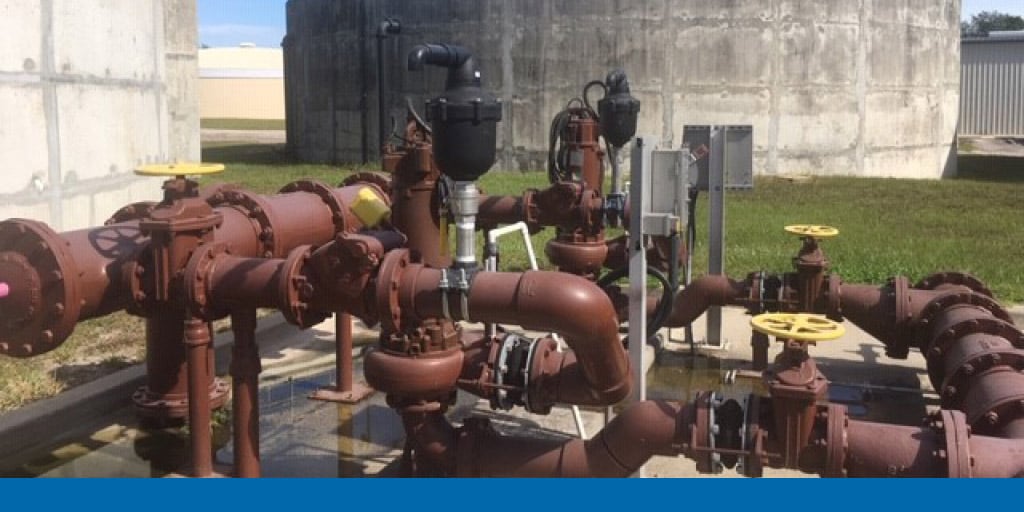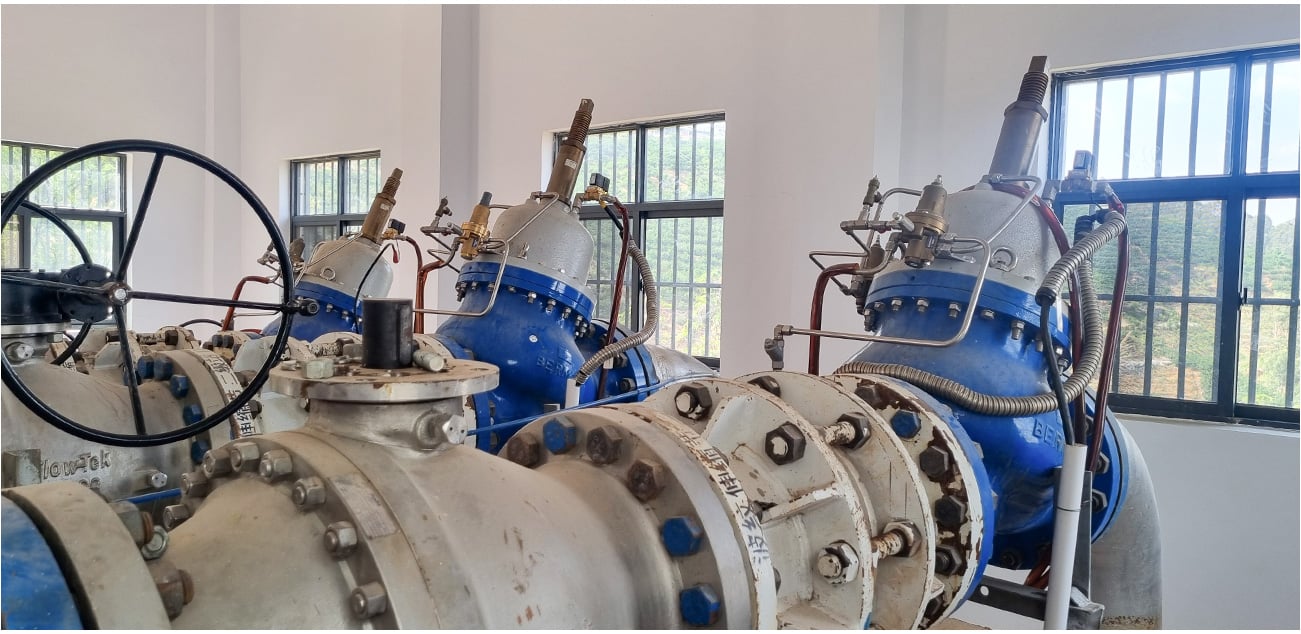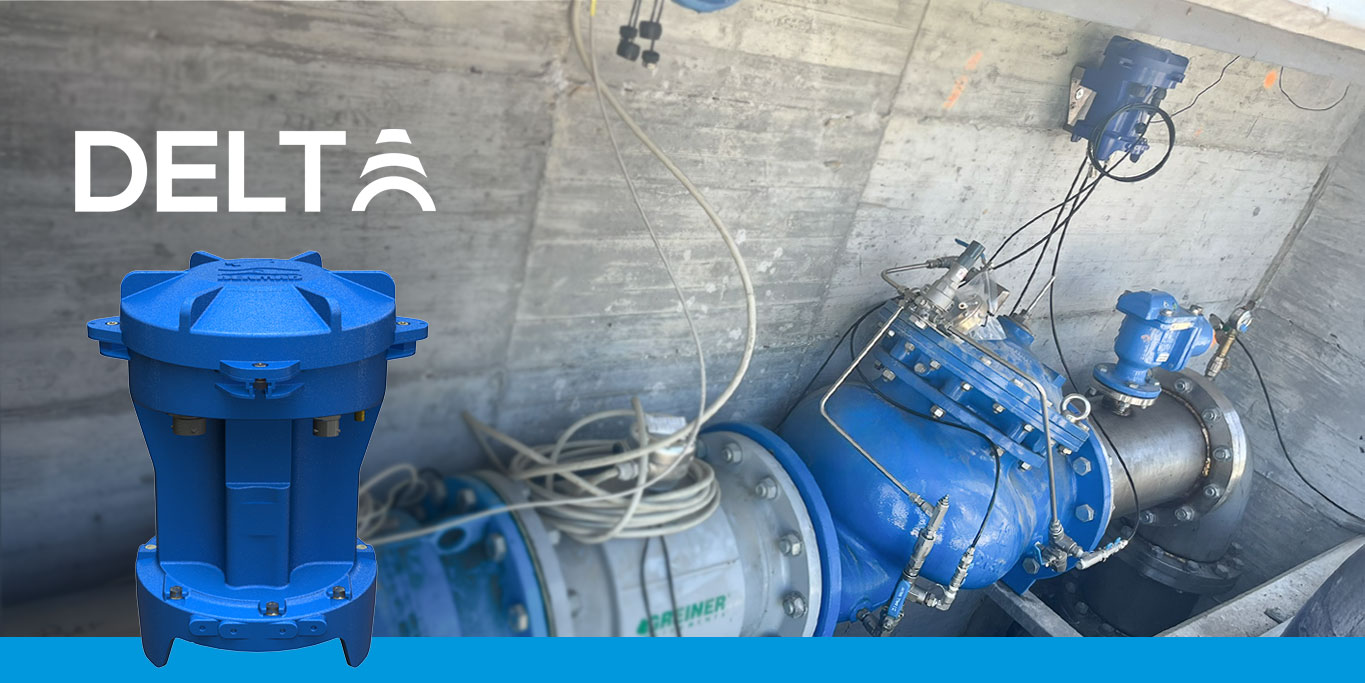Sewage (wastewater) is produced wherever people live and work and comes from residential, institutional, and commercial sources. Wastewater that comes from industrial processes such as the production or manufacture of goods is classed as industrial wastewater (not as sewage), but may also get sent to sewage systems. All categories of sewage usually carry pathogenic organisms, which can transmit disease to humans and animals and cause damage to the environment. For this reason, in most countries, sewage collection and treatment is subject to strict regulations and standards.
Sewage systems collect the wastewater and deliver it to wastewater treatment plants. These systems include a sanitary sewage collection system, pumping stations, and force mains that are connected to the treatment facility. In the treatment plants, the solids are removed from the wastewater and biological processes are implemented to produce purified wastewater (effluent water) for use in agricultural irrigation and various industries.
Why use air valves in municipal sewage and waste water systems?
One of the components used in sewage and wastewater systems is air valves. These valves are installed at pump stations, along sewage-pressurized pipelines, and in the wastewater treatment plants, and offer the following functionality:
- During pipeline filling, the air valve evacuates high volumes of air and therefore increases efficiency.
- During pressurized operation, the air valve releases entrapped air and gas pockets and therefore increases efficiency and reduces energy costs.
- During pipeline draining or burst, the air valve enables large volume air intake and in this manner, protects the pipeline from vacuum conditions.
- During water hammers or surge pressure, the air valve offers air intake to protect against vacuum conditions, as well as controlled air relief to reduce potential damages.
B.jpg?width=797&name=20180821_074819_resized-(002)B.jpg)
In the case of sewage and wastewater conditions, there are also unique considerations that need to be taken into account when selecting air valves. These stem from the fact that sewage is a mixture of organic and inorganic components as well as biological entities with a high acidic portion. In addition, sewage has large floating objects that might clog pipes or damage equipment. This means that for municipal sewage and wastewater systems:
- The air valve design (mechanical and dimension) has to separate the sewage water from the air valve's internal mechanism (orifices and elastomers) to prevent clogging and enable continuous operations.
- To ensure their functionality, the air valves need to be maintained (disassembled and flushed/cleaned) approximately every 2-3 months following installation. This means that most sewage and waste water system operators usually have a fleet of a few hundred sewage air valves, some of which are taken from the field and disassembled for periodical maintenance – which incurs additional operational and maintenance costs.
- When selecting air valves, it’s important to look for valves that are easy to operate, inspect, and maintain, and facilitate longer periods of operation without maintenance.
BERMAD's C50 Sewage & Wastewater Combination Air Valves
The BERMAD C50 sewage & wastewater combination air valve is a high-quality combination air valve for a variety of sewage and wastewater networks and operating conditions. With its advanced aerodynamic design and double orifice, this valve provides excellent protection against air and gas accumulation, as well as vacuum formation with improved sealing under low-pressure conditions.
Watch this video about the C50 to see how it works.
The C50 air valve’s composite body material is fiber-glass reinforced nylon, which is 100% corrosion resistant and extends the periods of operation without maintenance. The valves are also lightweight (approximately 6kg; 13 pounds), which makes it easier to install, inspect, disassemble for maintenance, and reinstall them. Typical sewage air valves on the market usually have a metal body construction, and weigh between 20 and 50 kg (44 to 110 pounds) each.
BERMAD C50 air valves are also easy to maintain as they open from the top, have two service ports that enable back flushing and draining (also in the field), and have an optional surge protection device for preventing damage to the valve and system during surge or water hammer scenarios.
As a result of these features, the C50 air valve significantly lowers operational and maintenance costs. According to a well-known operator in the USA, BERMAD C50 air valves only require maintenance once every four months as compared to once every four weeks with parallel air valves.













